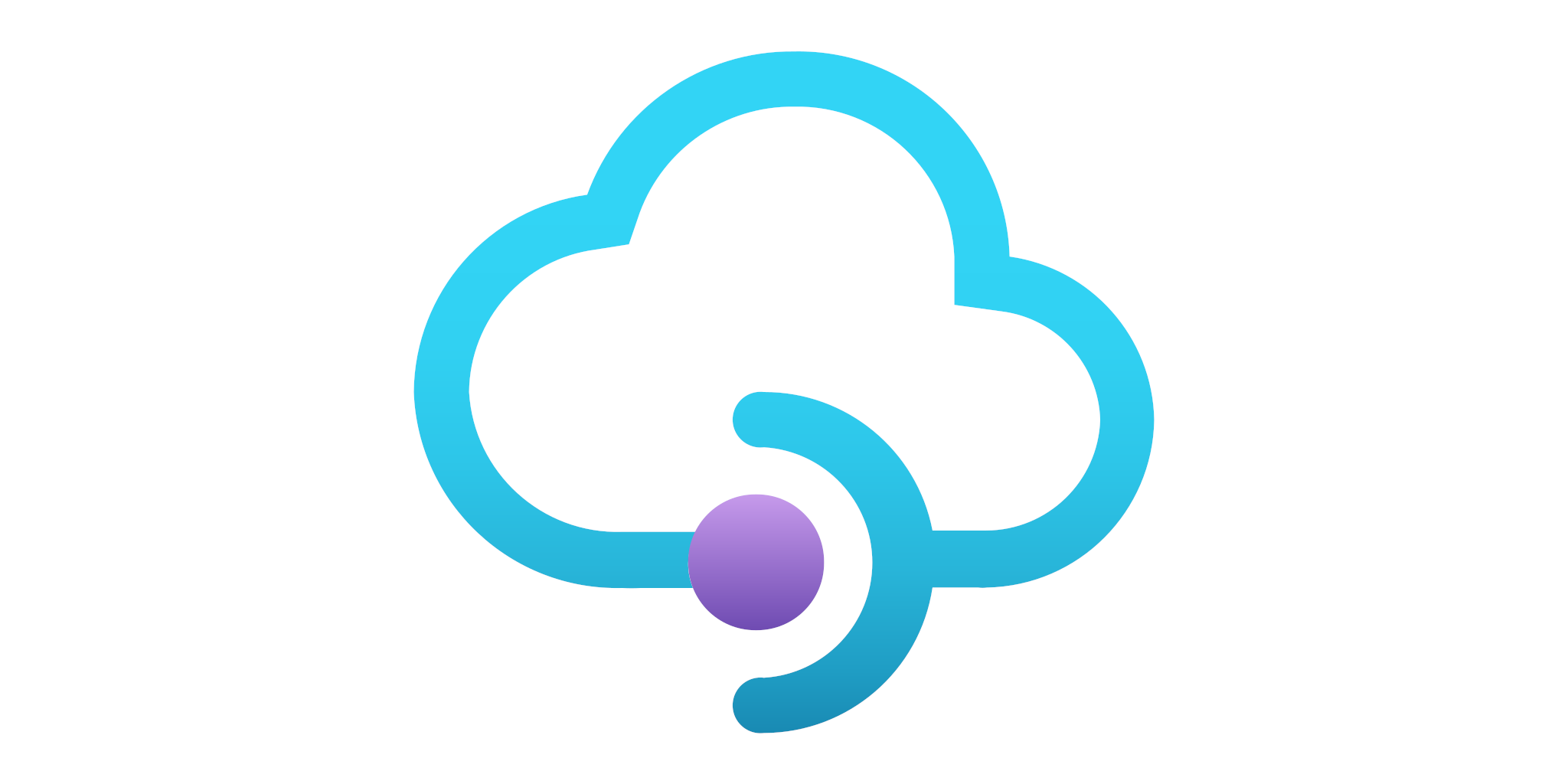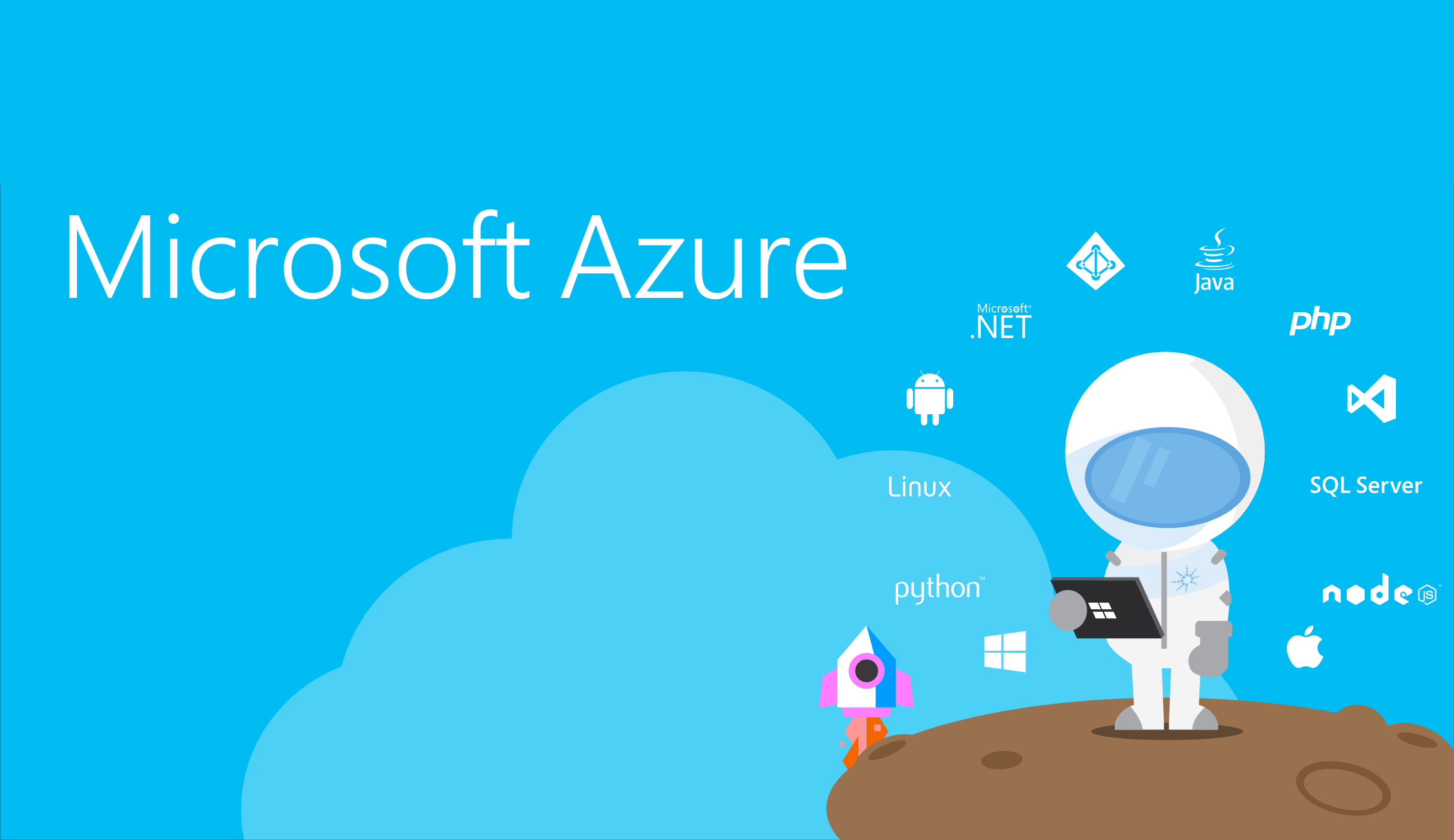Microsoft’s documentation refers to Logic Apps as being iPaaS or integration Platform-as-a-Service. The “i” in iPaaS indicates the strength of Logic Apps; not only are Azure systems integrated but external and third-party systems can be included in your Logic Apps, including Twitter, Slack, Office 365, and many others. This integration is done using a set of Microsoft-provided connectors. However, if a connector does not exist, then you can still integrate your logic app to external systems via their APIs.
Go to the Azure portal https://portal.azure.com and create the logic app.
Virtually every resource in Azure can be extracted into an ARM Template (Azure Resource Manager Template), allowing you to spin up an environment using the Json based template.
Configure parameters
Open your favourite code editor (my personal is VS Code or Visual Studio) and examine the template you just downloaded. You will notice a number of parameters in the template.
deploy and grab that much earned beer.
For my deployments, I use Azure DevOps. There is a great task Microsoft have added called Azure Resource Manager Deployment allowing you to automate your deployments for multiple environments.






2 thoughts on “ARM \ Logic App Deployment with Azure DevOps”